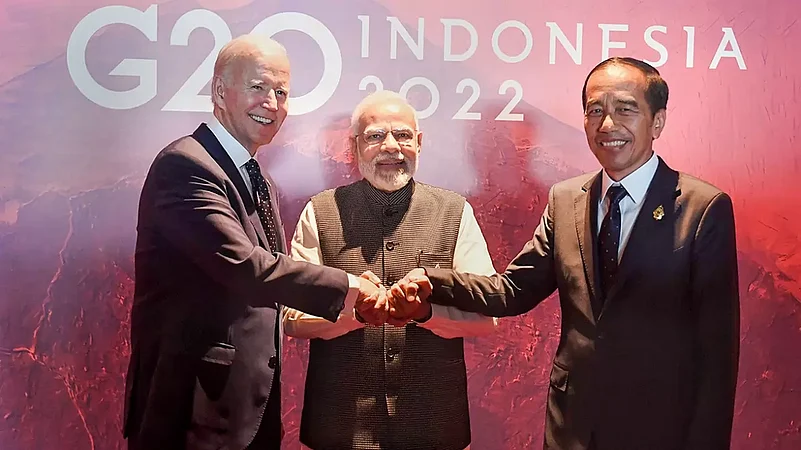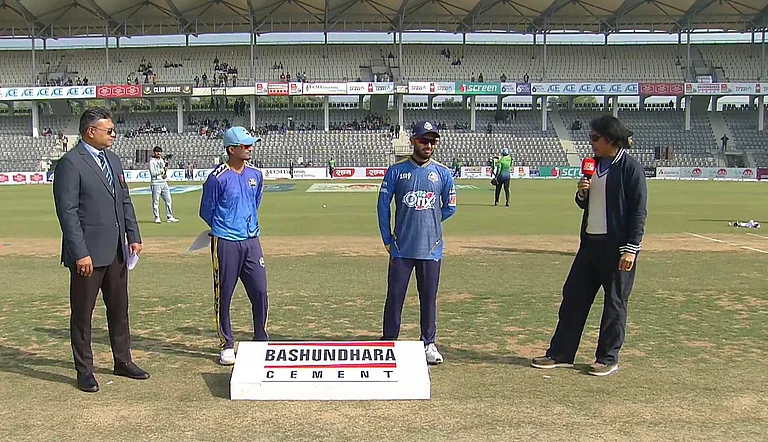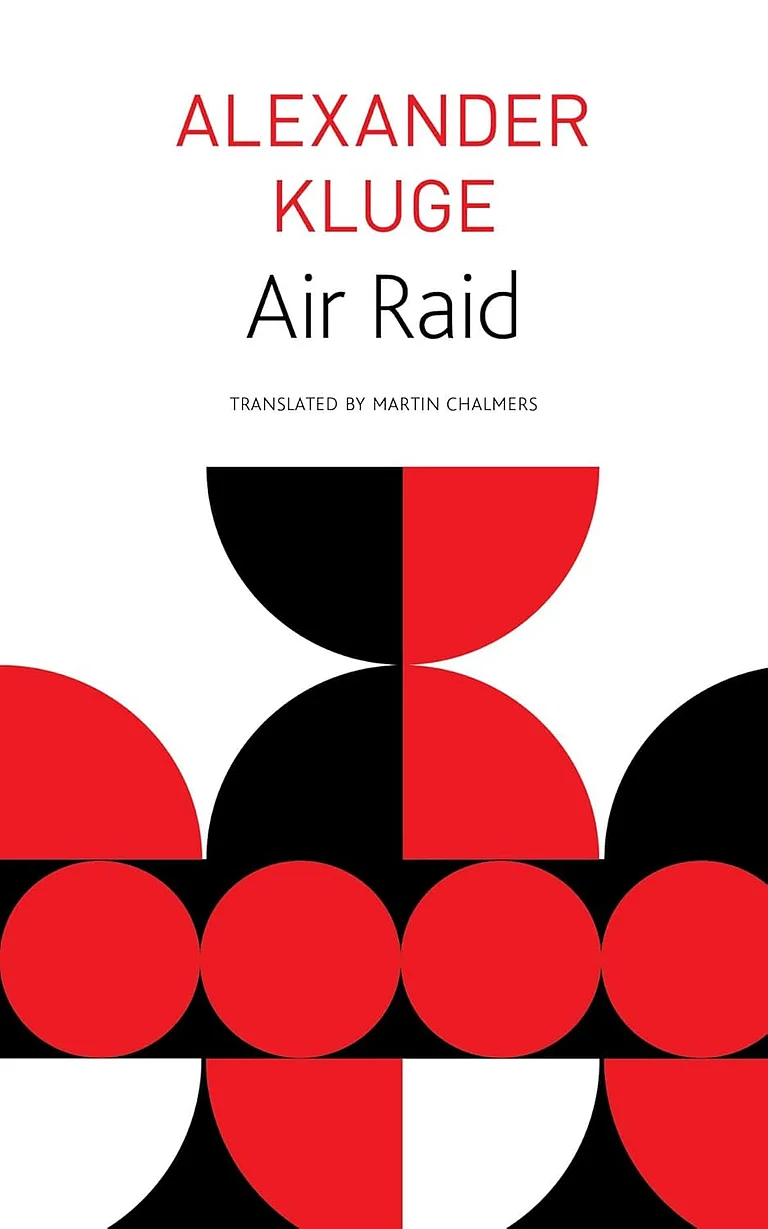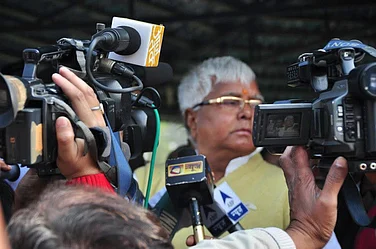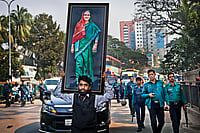The Group of 20 (G-20) will dominate India’s diplomatic calendar in 2023. This is the first time that India will host the summit of the group that includes the richest nations as well as the emerging economies of the world. It will be attended by several world leaders.
New Delhi is slowly but surely emerging as a player in the world stage. Considering India’s size and its population, expected to overtake China this year, India cannot be left out of the debate on issues that affect our world — be it climate change, the transition to green energy, technology, health, or the world economy.
The G-20 mantle was passed on to India by Indonesia on December 1. After India, it will be Brazil’s turn to host the G-20 Summit. New Delhi is going to make good use of the G-20 chair to showcase India’s progress as well as its rich cultural heritage. Expectedly, the theme for India’s presidency is “Vasudhaiva Kutumbakam”. Prime Minister Narendra Modi put it as: “India's G-20 Presidency will work to promote this universal sense of one-ness. Hence our theme — ‘One Earth, One Family, One Future’.
The emphasis is that the world is one and there is need for all countries to work together to build a harmonious planet. The words taken from a Sanskrit text epitomise Indian culture. However, in recent years, very little of such noble sentiments have been at play in domestic issues. Instead, the emphasis of the larger Hindutva fold has been on majoritarianism, vigilante killings, and selective targeting of people with different views. They have been dubbed as the “tukre-tukre gang”. The government will have to ensure that hate incidents do not mar this chance of projecting India as a force of good in the world.
G-20 events through 2023 will not be concentrated in the capital Delhi or the usual major metropolitan cities but will be scattered through the length and breadth of India. Over 200 meetings will be held across 50 Indian cities in the year of G-20 presidency. It has already kicked off with a meeting of the G- 20 Development Working Group (DWG) which took place in Mumbai on 13-16 of December 2022.
World leaders to converge in India
Among the leaders expected to arrive in India for the mega meet are US President Joe Biden, French President Emmanuel Macron, UK Prime Minister Rishi Sunak, Canadian Prime Minister Justin Trudeau, Germany’s Chancellor Olaf Scholz, Italy Giorgia Meloni, Brazilian President Lula da Sila, and Russian President Vladimir Putin as well as Chinese President Xi Jinping.
If the war in Ukraine continues, Putin’s presence may become a major issue. Biden and the Western leaders will not wish to be on the same platform as the Russian leader. India will certainly invite Putin. He will possibly opt out as he did in Indonesia during the recent G-20 Summit. Again, there is a question mark over Xi’s presence as India-China relations continue to remain icy.
The new year for India-China relations
India’s major foreign policy challenge in 2023 will continue to be China. New Delhi does not seem to have worked out a coherent China policy. India has so far merely reacted to Chinese action. China has consistently broken the border agreements in its bid to push into Indian territory.
Considering the asymmetry in defence capabilities between the two Asian giants, India will need time to catch up. In the meantime, China continues to provoke India and keep New Delhi of-balance. Will there be another full-blown war with China as in 1962? That seems unlikely but intrusions will continue along the 3,488 kilometer border in both the eastern and western sectors.
As we know, peace and tranquillity along the Line of Actual Control (LAC) can be disrupted without firing a single shot. This was evident in Ladakh in 2020 when 20 Indian soldiers, including a commanding officer, and an unknown number of Chinese troopers were killed. Another incident took place last month, thankfully without anyone being killed. This time, roughly 300 People’s Liberation Army (PLA) soldiers pushed into Indian territory on the eastern border and tried to dislodge an Indian Army post not far from the monastery town of Tawang that China claims as its own. Soldiers fought with stones, spiked sticks, and tasers in the mountain slopes. There were injures on both sides. Reinforcements were rushed again to the border areas.
Unless the border is properly marked and an agreement is signed, incursions will continue. The Chinese at the moment appear uninterested in a final settlement. The aim is to possibly grab as much land as possible before seriously moving towards a permanent solution. For now, the idea is low intensity conflict which keeps India on its toes without much cost to China. The underlying message is to show that China calls the shots in Asia.
India has ramped up its defences and has built border infrastructure. China has already modernized its army, navy, and air force to become a major military power. The border infrastructure is in place on the Chinese side and the process began more than a decade ago. India is also now fast developing the border roads, strengthening bridges, and putting infrastructure in place.
China’s ultimate goal is to compete with the United States, but it has to be the number one power in Asia before it gets there. India, as another major power in Asia, has to be subdued before China can stamp its dominance over Asia. The fact that New Delhi is part of the Quad —the United States, Japan, Australia, India grouping aimed at containing China’s aggressive moves in the Indo-Pacific— is an added irritant.
India and the neighbourhood in 2023
China’s shadow looms large in India’s neighbourhood. Pakistan has always been China’s ally but today it is spreading its wings all across South Asia. China is wooing every country through its Belt and Road Initiative (BRI).
Though largely to the debt trap that these projects entail, the BRI has lost some of its initial sheen. Yet China remains an important player in the region and it’s trying its best to edge out India’s dominance. China has provided submarines to both Bangladesh and Myanmar. Its naval presence in the Indian Ocean is growing rapidly. Despite the coup in Myanmar, India continues to engage with the military regime for reasons of security. Myanmar borders India’s sensitive northeastern states. In the past, both Bangladesh and Myanmar provided safe havens for northeastern militant outfits.
While Bangladesh, Sri Lanka, and Maldives all have India-friendly governments, none of these smaller South Asian nations can afford to turn their back on China. With both Bangladesh and the Maldives due for national elections this year, what that throws up is not certain.
There is already an “India Out” campaign going on in the Maldives that will be used by the Opposition in the elections battle. Former President Abdullah Yameen is opposed to India and is part of the India out campaign. If President Ibrahim Solih or his Maldivian Democratic Party continues to hold on to power, China’s influence can be contained.
Bangladesh without Sheikh Hasina may be a very different country. Hasina and the Awami League have always stood firmly with India and remember with gratitude India’s role in Bangladesh’s freedom struggle. Sri Lankan President Ranil Wickremasinghe is a loyal friend of India and New Delhi is doing its best to help Sri Lanka ride over its financial meltdown. Much will depend on how he manages the economy.
New Delhi has begun engaging with the Taliban in Afghanistan and has a technical team in place in Kabul, though diplomats have not returned. India continues to extend humanitarian aid to Afghanistan and is said to be looking at starting development projects in Afghanistan.
Nepal, where India and China are both players, has just had a new government with former Maoist leader Pushpa Kamal Dahal “Prachanda” sworn in as Prime Minister. He is slated to share the second half of his five-year term with Khadga Prasad Sharma Oli of the CPN-Unified Marxist Leninist (CPN-UML). With both being ambitious politicians, whether the government can last its tenure remains to be seen. Prachanda and Oli will play India and Chinas card according to their political convenience.
The new year for Indian relationship with US, West
India’s relations with the United States and Europe will continue to grow. The India-US ties are growing by the day, despite Washington’s disappointment with New Delhi for continuing to buy Russian oil or its refusal to condemn Moscow at the United Nations. However, India does a good balancing act.
Considering that both India and the United States share a common strategic vision in wanting to contain China, the bonds between the two democracies will remain intact. There may be hiccups here and there, but the US strategy of bolstering India’s growth as a bulwark against China will be at the heart of the relationship.







